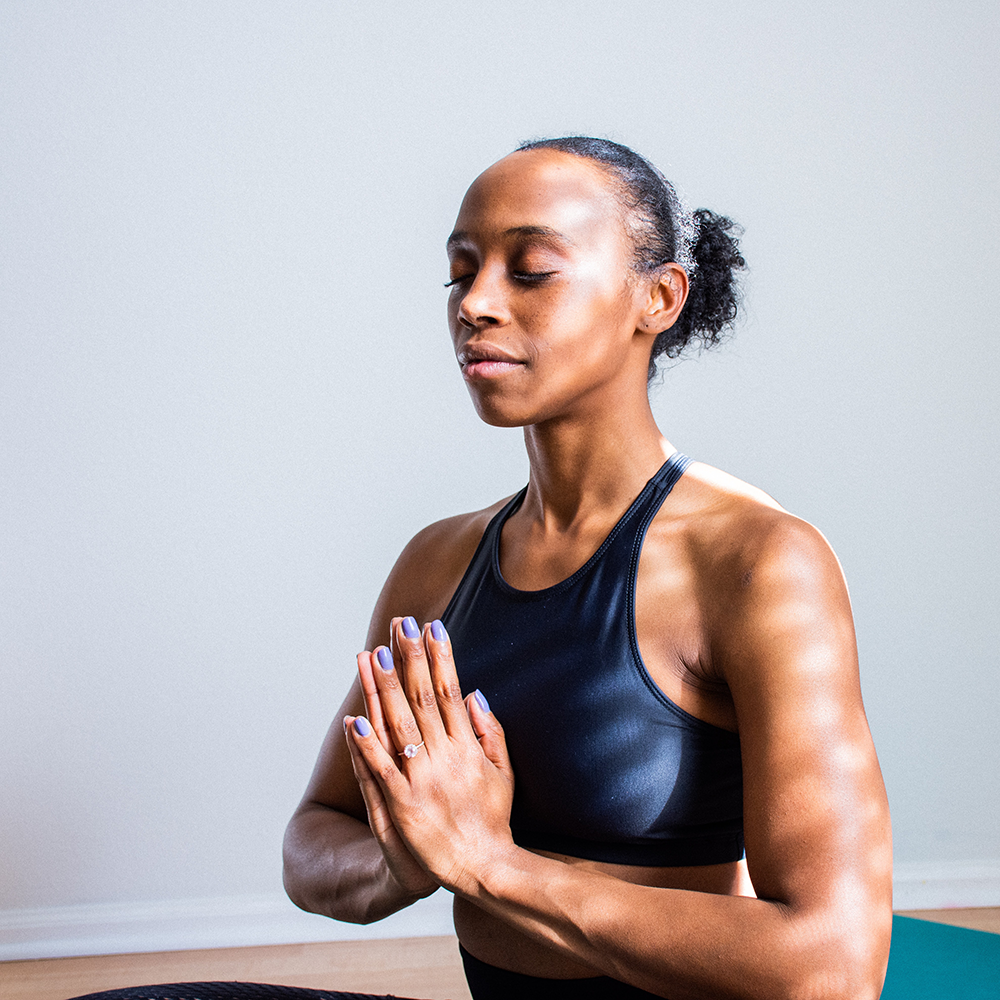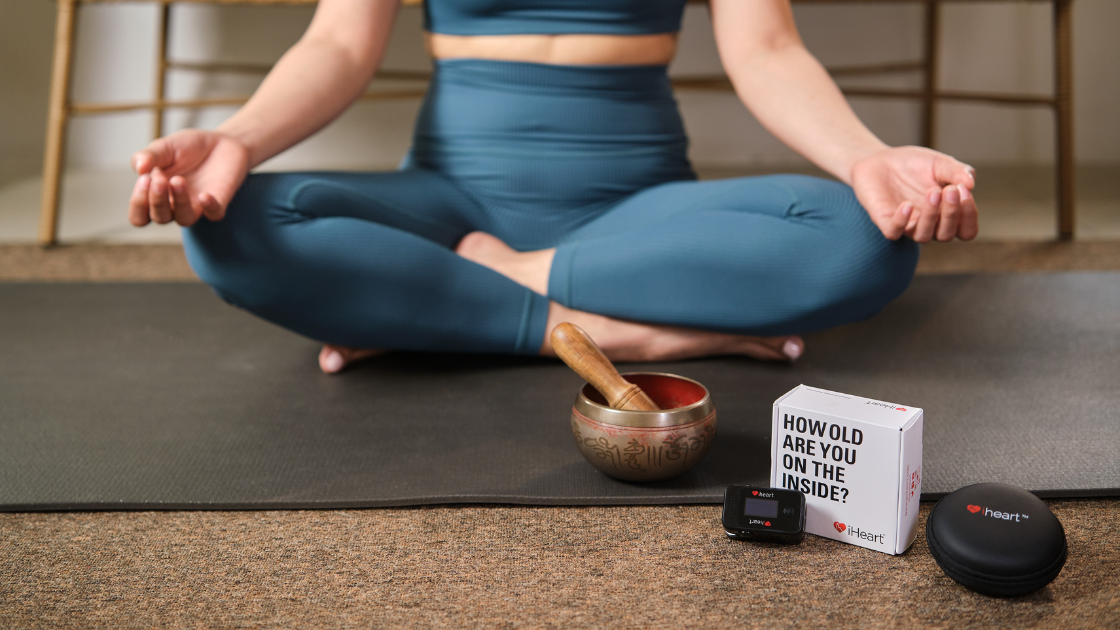You probably already know that meditation has powerful mental health benefits. But did you know that It has incredible cardiovascular benefits as well?
By lowering anxiety and stress, meditation also lowers blood pressure and heart rate, as well as harmful hormones, and reduces the risk of dying or having a heart attack or stroke within five years.
How to start meditating
If you've never meditated before, it can seem like an overwhelming task. There's a lot of information out there about meditation and its health benefits, but it can be difficult to know where to start. Luckily, anyone can meditate, and it’s less complicated than you might think. All you need is a quiet space and five to ten minutes a day.
This post will give you six simple methods for introducing yourself to this ancient practice in small, approachable steps, so that you can easily make it fit into your lifestyle.
Step 1: Find a quiet place
You’ll get the most out of your meditation practice if you take a moment to curate a peaceful environment. Find a quiet and comfortable place where you won’t be interrupted – be sure the space is free from distractions such as people dropping by or pets coming into the room. We recommend turning off TVs or computers, and putting your phone on “silent” mode, or placing it in another room.
Now that you’ve created your sanctuary, you’re ready to begin meditating.

Step 2: Get into a comfortable position
Make sure that your body is relaxed and comfortable. A common posture for meditation is to sit with legs crossed (this helps with circulation), hands resting on thighs or lap, back straight but not stiff (which can cause pain), eyes closed or lowered slightly toward the ground. You may want to use a meditation cushion if you have one, but this isn't necessary. If you're sitting on a chair, sit up straight with both feet firmly planted on the ground—a posture that feels natural and allows for good breathing.
If sitting in this position causes discomfort for you after a while, you can try another pose like lying down on your back with hands at sides, palms up, eyes closed (you can also try lying on your side with one leg bent upward toward the chest). Feel free to use an extra pillow for support under your knees or lower back. The most important thing is that whatever position you choose, it doesn't cause pain or discomfort.
Step 3: Draw your attention to your breathing
Pay attention to your breath. When you're first starting out in meditation, focusing on breathing is an excellent way to get centered. Feel it going in and out of your nose, down into your belly, and up into your chest. Breathe slowly and deeply so that you can feel every inhalation and exhalation.
You might want to try breathing from different parts of your body—your nostrils or throat might feel especially calming—or experiment with how fast or slow you inhale and exhale. Pick what feels most relaxing to you.

Step 4: Let go of distracting thoughts
It’s perfectly normal for distracting thoughts to pass through your mind as you meditate. Don’t allow this to cause you any distress, or to make you feel as though you’re not meditating correctly. Notice and observe any thoughts that arise, and let them go without judgment. Gently return your attention to your breath, or whatever you’ve chosen to focus on. Do this as many times as necessary throughout the session.
If you need help focusing, try simply listening to the silence. If there are noises beyond your control, pay attention to the silent pauses between the noises.
Step 5: Close with care
Lift your gaze when you're ready (if your eyes are closed, open them). Consider listening to any sounds that are present for a moment. Observe how your body is currently feeling. Notice any feelings and thoughts that arise. You may want to take a moment to stretch it out. This is a good way to end any session of meditation — it will help you relax even further and let go of any stiffness that may have built up during your practice.
With these simple techniques, you can start your meditation journey today. You can choose to meditate as often as you like, but a daily practice often yields the greatest benefits. Remember to keep it enjoyable, and be patient with yourself as you practice these techniques. Your body will thank you.

Want to track how meditation affects your internal health?
If meditating is part of your journey towards whole-body health, why not get real-time feedback on how your heart and brain responds to your practice? Feedback validates what you’re doing right and can help you cultivate inner calm faster than you would with meditation on its own.
Iheart is here to help you visualize and track your internal health data as you make small, positive lifestyle changes. See exactly how your meditation practice is benefiting your physical wellness with the iheart Device and family of apps.






Share:
The Ultimate Guide to Heart Rate Variability
7 Stretches for Overall Body Health